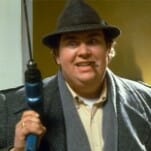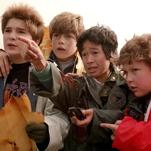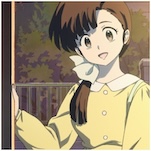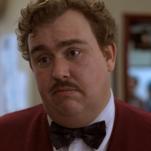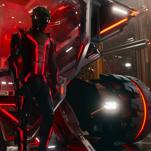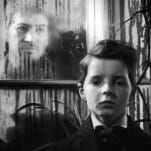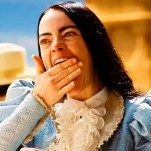The Mandalorian Is Both a Good Show and Perfect Capitalist Engineering
Photo Courtesy of Disney
One of the year’s most anticipated series—arguably the most anticipated—coincided with the launch of a brand-new streaming service. It was no small thing to combine the genesis of Disney+, with its robust back-catalogue of childhood favorites, alongside a new Star Wars TV show. But Disney is very good at corporate synergy, especially since it now owns so many beloved pop culture properties. A key part of Disney’s gameplan throughout the decades has also been in alignment with Star Wars’: sell more toys. But that’s only one facet of the potential for a synergistic series like The Mandalorian.
![]()
When I wrote about the best and worst of The Mandalorian’s first episode, I noted that one of the less exciting aspects of the series was feeling like we are totally in Disney’s corporate thrall. But that feeling might not be as strong if The Mandalorian wasn’t also good, necessitating that we do watch. It’s short, funny, gorgeously crafted and produced. On its own, removed from Disney and even Star Wars (despite so many familiar faces and creatures), it’s a fun space western.
But at the end of its first episode, we were introduced to something that is both narratively interesting and absolutely the thing you and your kid will be screaming about for Christmas: Baby Yoda. I mean, this creature is created—in its shape and size, its sounds, its movements—to absolutely melt your heart, and possibly your brain, with how cute it is.
It will be interesting to see if everyone who bemoaned porgs in The Last Jedi will similarly complain about Baby Yoda as far as merchandizing goes, but both creatures also make total sense narratively—that’s the terrible beauty of it. Porgs were used to cover up birds that didn’t look particular sci-fi on the island where the film was shooting, and Baby Yoda is clearly an important bridge to additional Star Wars lore that also helps give our Mandalorian more humanity as he cares for it.
-

-

-

-

-

-

-

-

-

-

-

-

-

-

-

-

-

-

-

-

-

-

-

-

-

-

-

-

-

-

-

-

-

-

-

-

-

-

-

-































